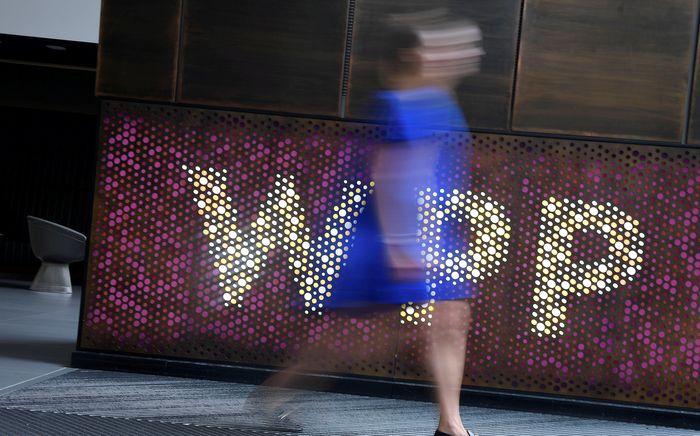Frederic Raillard, co-founder of Paris agency Fred & Farid Group, made his first trip to China in 2012. The plan was to set up a small office for Feng Huang, a creative director moving back to his home country after years of working for the shop in Paris.
But that’s not what happened.
Mr. Raillard fell for China: “After four days, I decided to move my life here,” joining Mr. Huang in Shanghai and hunting for bigger office space.
The decision transformed the edgy independent digital shop, co-founded by Mr. Raillard and fellow creative Farid Mokart in 2007. Two and a half years after launching in China, it has one-third of its employees in the country — 130 out of 400 total, with the rest in Paris. About 22% of its $73 million in revenues came from China in 2014, its second full year in operation.
The Shanghai office, which is connected to Paris by permanent video links, is expanding, adding a second floor in a former warehouse where windows bracket the city’s futuristic skyline. A feng shui master is advising on the layout.
It’s hard for agencies to ignore China. Most big players have an office here or are planning one; KBS and CP&B are setting up shop now.
But success isn’t guaranteed. The economy has slowed, though it still grew by 7.4% last year. “At one stage you could get double-digit growth without really trying, but it’s more competitive now—the local agencies are becoming much more sophisticated and are inclined to be more cost-competitive as well,” said Darren Woolley, CEO of Asia Pacific consultancy TrinityP3.

Talent is getting pricier, too. “Ten years ago this used to be a low-cost market for agencies, but now senior people here will cost as much as in London or New York,” said Greg Paull, Hong Kong-based principal of agency-management consultancy R3 Worldwide. Project pitches are a constant, since there are fewer long-term agency-client relations.
Fred & Farid and Anomaly’s China offices are success stories, Mr. Paull said. Some entrants struggle. U.K. creative agency Love and Dutch shop Energize closed their Shanghai offices. And Mr. Paull predicted there are more closures on the horizon.
Fred & Farid Shanghai’s clients include Porsche, Diesel, Mumm champagne and Shang Xia, Hermes’ Chinese brand, as well as local clients Enzo jewelry, Lily fashion and Maysu cosmetics. For French sports brand Domyos, the agency invented a sport, tai chi hip-hop. For skin-care brand Avene, it gently teased Chinese women about always striking the same generic pose in selfies.
Mr. Huang says the agency understands China’s passion for digital and mobile, while having the “French touch — knowing luxury products, executing the details, having elegance and taste.”
Mr. Raillard relocated because he was inspired by China, not just because it was good business. And in a market where trust is crucial, having Nanjing-born Mr. Huang as partner and creative director has proven indispensable; he has worked with the founders since 2005. “It’s a very true relationship, we didn’t arrive here and do the casting,” Mr. Raillard said.
Finally, 85% of Fred & Farid’s employees are from the mainland, while many foreign agencies recruit heavily from Hong Kong, Taiwan and Singapore, places where marketing has a longer history. “We can now feel that mainland China wants to rule its own destiny,” Mr. Raillard said.
The agency’s foray into China might lead in another unexpected direction. A Fred & Farid staffer is in New York to study a possible launch in early 2016.
For Chinese brands, “going international means America,” Mr. Raillard said, adding that the agency’s home turf of Europe isn’t seen as a potential market for Chinese goods but as a “cheap shopping center for luxury products and a museum.”
Chinese interest in the U.S., he said, is one factor “pushing us to start exploring a bit, because we know our Chinese clients will at some point ask us to be there.” Otherwise the company probably wouldn’t eye a city saturated with agencies and talent, Mr. Raillard said, “because New York doesn’t need us, that’s 100% sure.”
Source: Ad Age





